Creating a Developmentally Appropriate Playroom for Your Little One
- LeCha Brown

- Feb 20
- 4 min read
Updated: Feb 24

When thinking of creating a playroom for your little one, options can be endless. But should they be? Before getting started, think about the kind of space you can and want to create. Will it be in a large or small space? Will it be colorful or soft? Full or minimal? What kinds of development toys do you want to see? Will it be a Montessori inspired space? Will you have a large closet for storage or will you need creative storage ideas?
Creating a playroom for your little one is a wonderful way to foster play based learning through greater independence, exploration, and meaningful play. By thoughtfully setting up your playroom, you can support your child's cognitive, social-emotional, and motor skills while keeping the space organized and inviting.
Setting Up Your Playroom
1. Space and Arrangement
Choose a dedicated area that is free from distractions like television and excessive noise.
Use child-sized furniture to promote accessibility and independence.
Keep the layout simple, ensuring open space for movement and exploration.
Provide low, open shelving for toys, making it easy for little hands to reach and return materials independently.
Use a neutral color palette with natural light to create a calming atmosphere for a more Montessori inspired room, or use brighter colors to complement the room.
Incorporate soft floor mats for comfortable play and safe crawling or walking.
Decorate walls with engaging elements like framed artwork, nature prints, or educational posters.
Hang low-mounted mirrors to encourage self-recognition and movement exploration.
Install floating bookshelves to display books attractively and encourage reading.
Use wall-mounted sensory boards or interactive panels for tactile and cognitive engagement.
2. Organization and Toy Rotation

Organize toys into clear, defined areas (e.g., cognitive development, motor skills, pretend play).
Store items in baskets or wooden trays for easy access and tidiness.
Rotate toys every few weeks to maintain interest and engagement, keeping out only a few items at a time to prevent overwhelm.
Label baskets or shelves with pictures or words to encourage early literacy.
Choosing the Right Toys for Developmental Growth
Your little one's playroom should include purposeful toys and activities that promote various aspects of their overarching development. Here are some suggestions:
1. Cognitive Development
Shape sorters to enhance problem-solving and spatial awareness.
Stacking rings or nesting cups to introduce size relationships and sequencing.
Simple wooden puzzles with large knobs to develop logical thinking.
Object permanence boxes to build memory and understanding of cause and effect.
2. Social-Emotional Learning
Dolls or stuffed animals to practice nurturing skills and empathy.
Books about emotions to help identify and express feelings.
Small mirrors to encourage self-recognition and emotional awareness.
Play kitchens and tea sets to foster social interaction and role-playing.
3. Gross Motor Skills
Soft climbing structures or Pikler triangles for balance and coordination.
Stepping stones to develop spatial awareness and confidence in movement.
Push toys or ride-on toys for motor control, walking practice, proprioceptive awareness
Floor mats for tummy time, rolling, or crawling exercises.
4. Fine Motor Skills
Wooden threading beads to strengthen hand-eye coordination.
Lacing cards for dexterity and precision.
Peg boards to refine grasping and placement skills.
Mini tongs or tweezers with small objects to build pincer grasp strength.
5. Language Development
Board books with real-life images to expand vocabulary.
Picture flashcards to associate words with objects.
Simple musical instruments like tambourines or shakers to promote auditory discrimination.
Nomenclature cards with matching objects for early word recognition.
6. Sensory Development
Textured fabric swatches to explore touch and texture differences.
Montessori sensory bottles filled with water, glitter, or beads for visual stimulation.
Sand or water play trays to encourage tactile exploration.
Natural wooden toys with different finishes to provide varied sensory experiences.
7. Pretend Play
Play kitchen with wooden food sets to encourage imaginative storytelling.
Dollhouses with minimal furniture for creative role-playing.
Dress-up clothes to explore different roles and scenarios.
Play tents to create a cozy nook reading, independent or social pretend play.
8. Arts and Crafts Area
Child-sized table and chairs to create a dedicated workspace.
Non-toxic crayons, markers, and colored pencils for creative expression.
Watercolors and washable paints to encourage artistic exploration.
Paper, sketchbooks, and coloring sheets for drawing and doodling.
Clay or play-dough to strengthen fine motor skills and creativity.
Nature-inspired materials like leaves, twigs, and stones for eco-friendly crafts.
Wall-mounted display board or string with clips to showcase the child’s artwork.
Ideas for Small vs. Large Spaces
Creating a Playroom in Small Spaces:
Use vertical shelving to maximize storage.
Utilize multipurpose furniture like foldable mats, play rugs or stackable storage bins.
Choose compact toys that can be stored easily, such as nesting dolls and stacking toys.
Use wall-mounted mirrors or sensory boards to save floor space.
Opt for a collapsible play tent or a simple reading nook with cushions.
Creating a Playroom in Large Spaces:
Designate specific zones for different types of play (gross motor, fine motor, pretend play, reading area).
Include larger structures like climbing triangles or balance beams.
Incorporate a cozy corner with a soft rug and book shelf for a reading area.
Add a child-sized table and chairs for arts, puzzles, or snack time.
Set up a dedicated toy rotation station to keep the playroom fresh and engaging.
Your little ones playroom is all about fostering independence, exploration, and meaningful play. By carefully curating a space with purpose-driven toys and organization, you create an environment where they can thrive developmentally. Whether in a small or large space, a well-thought-out playroom can be a place of joy, growth, and discovery for your little one.



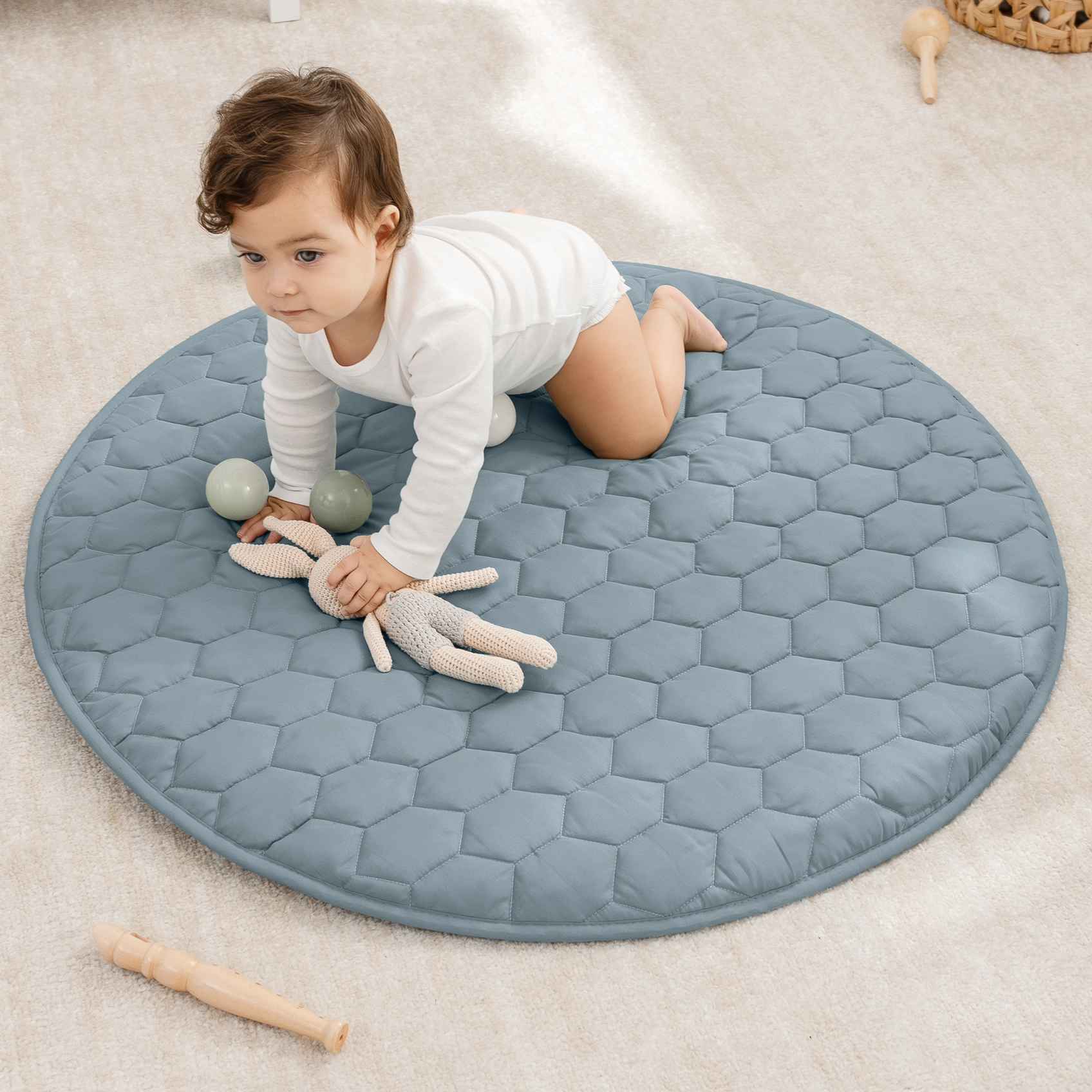


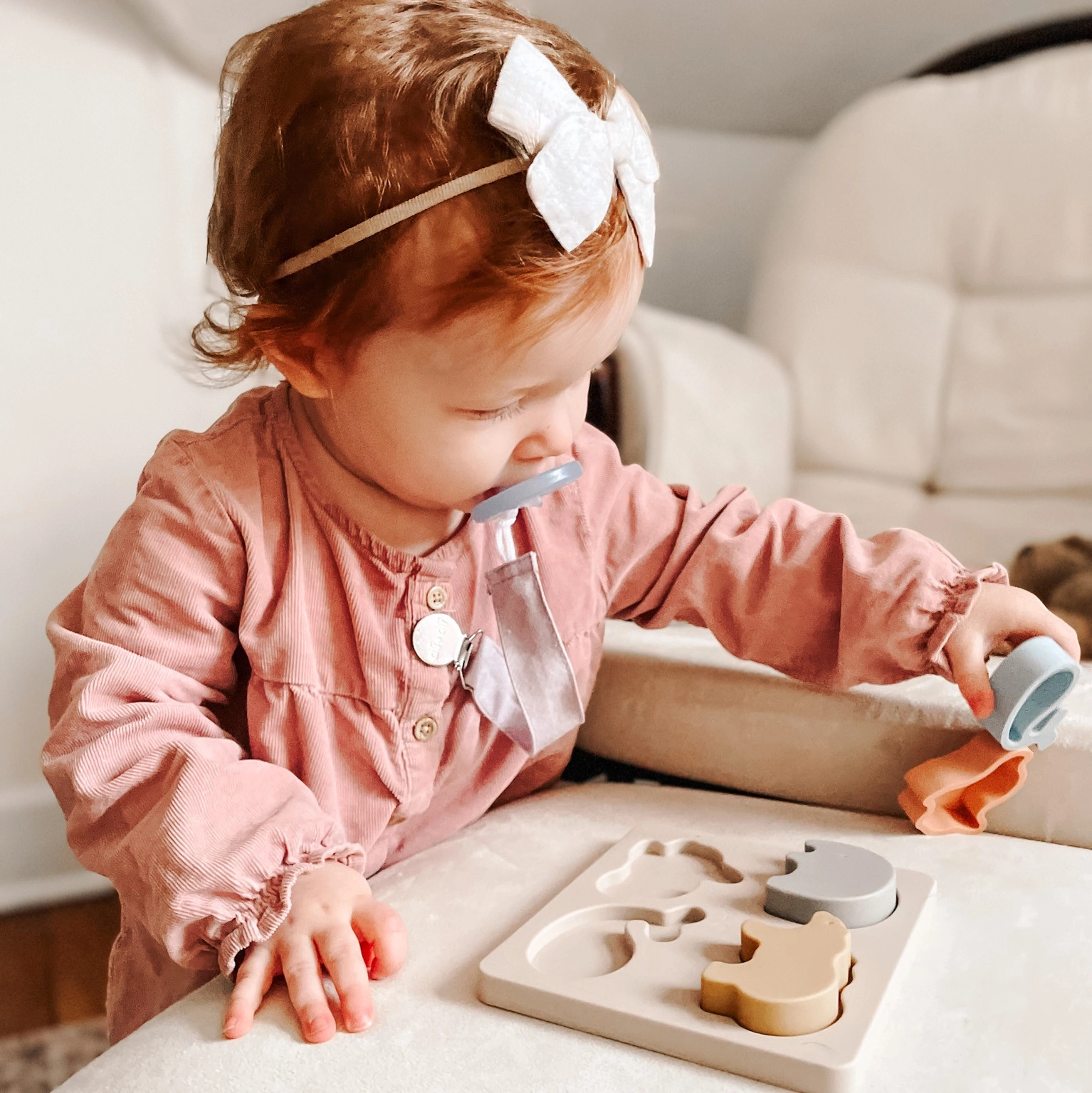
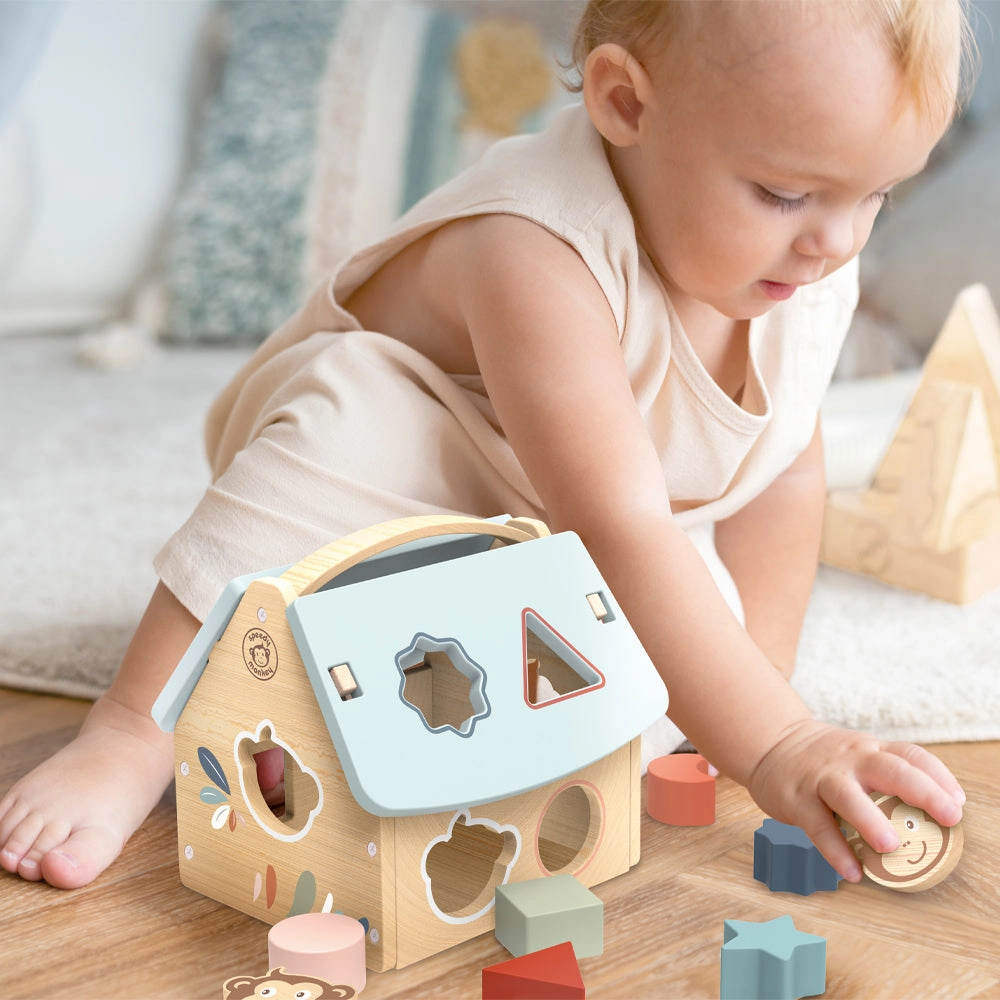
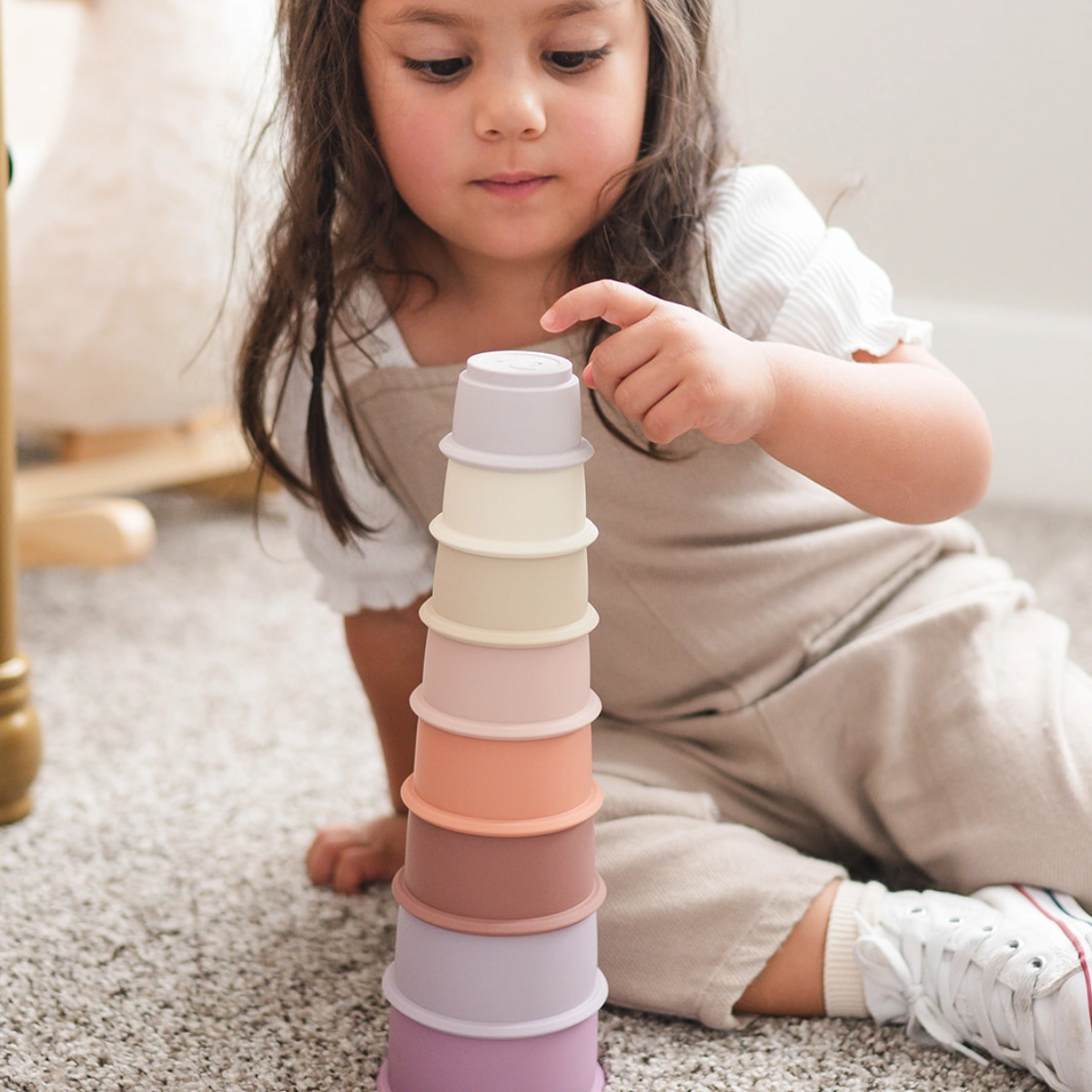
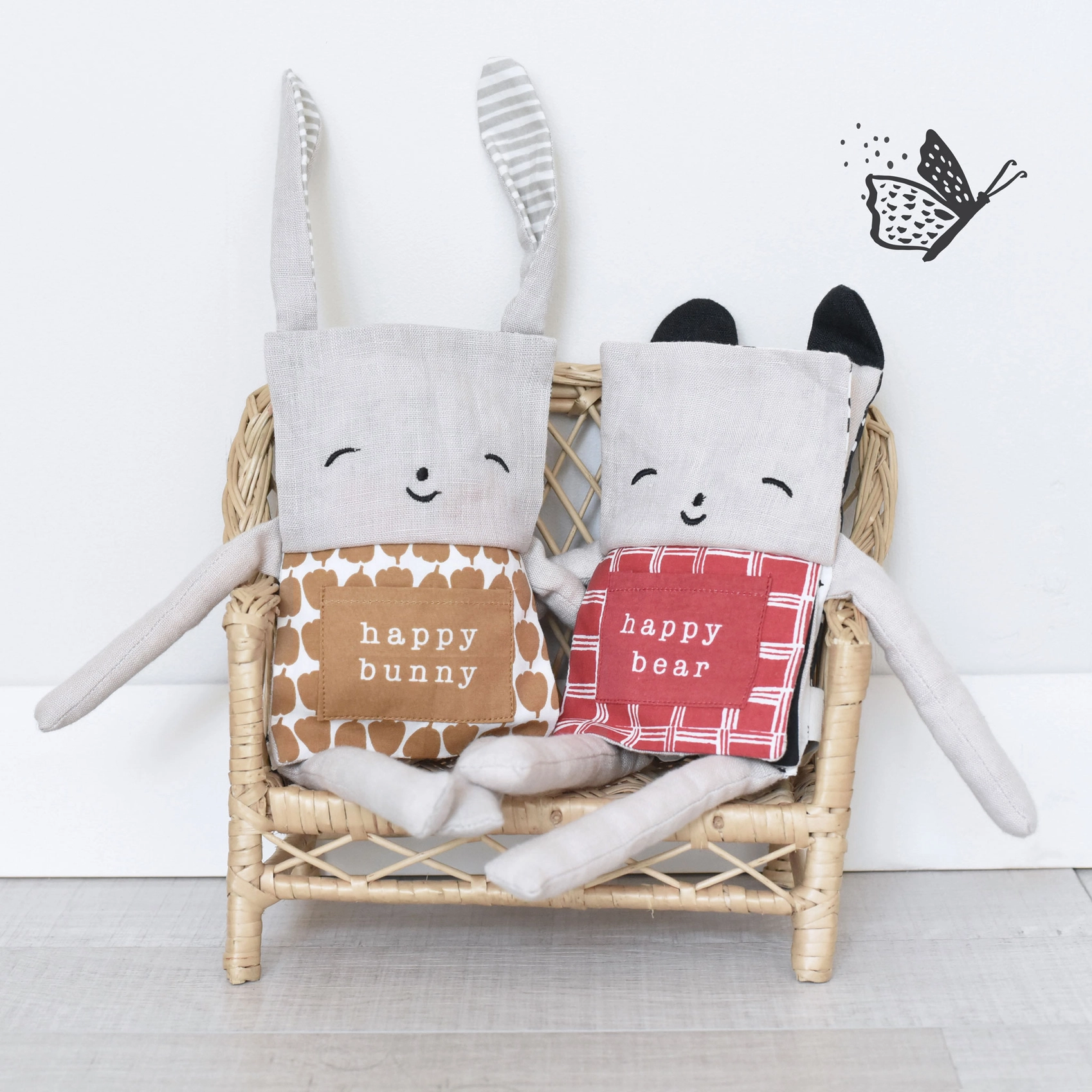

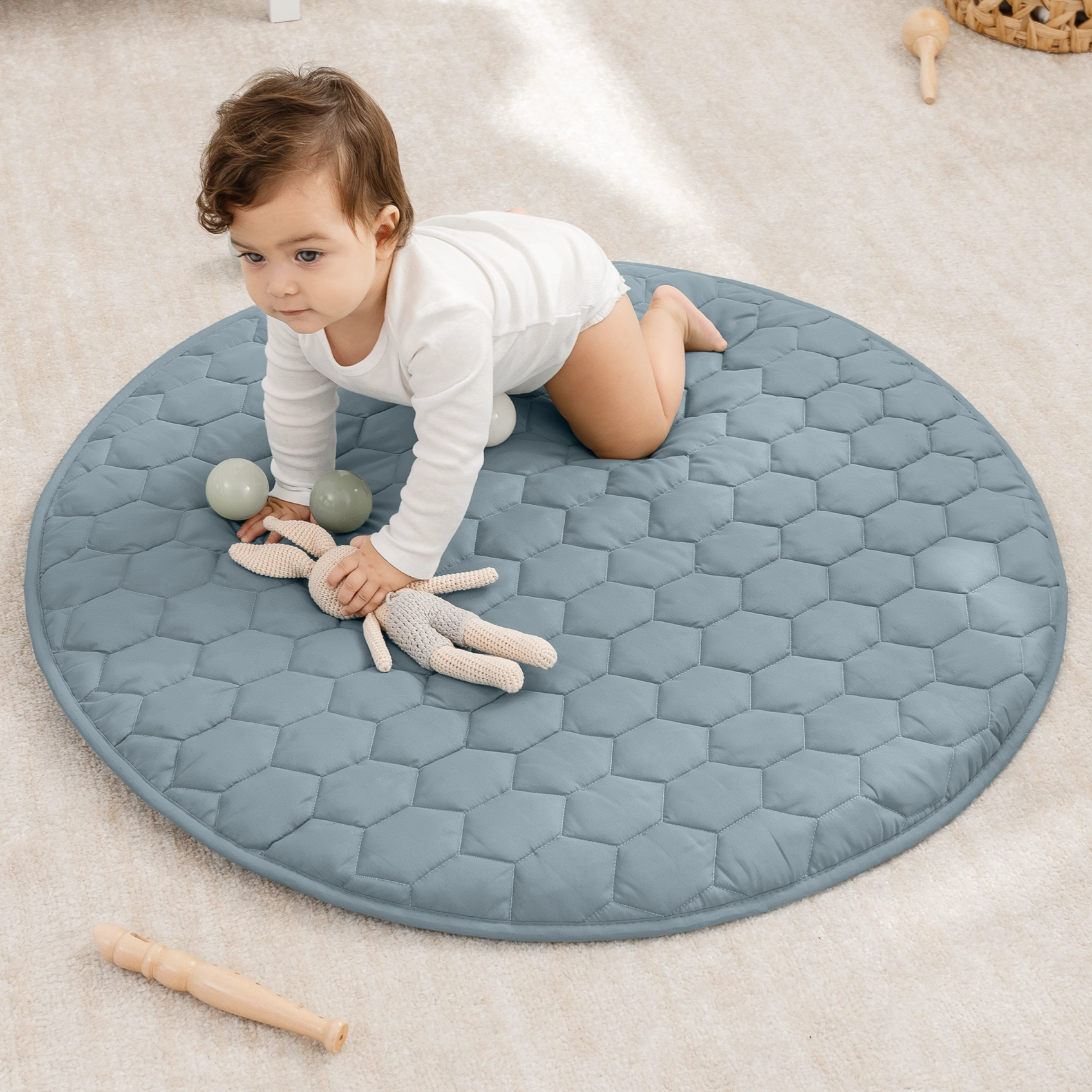
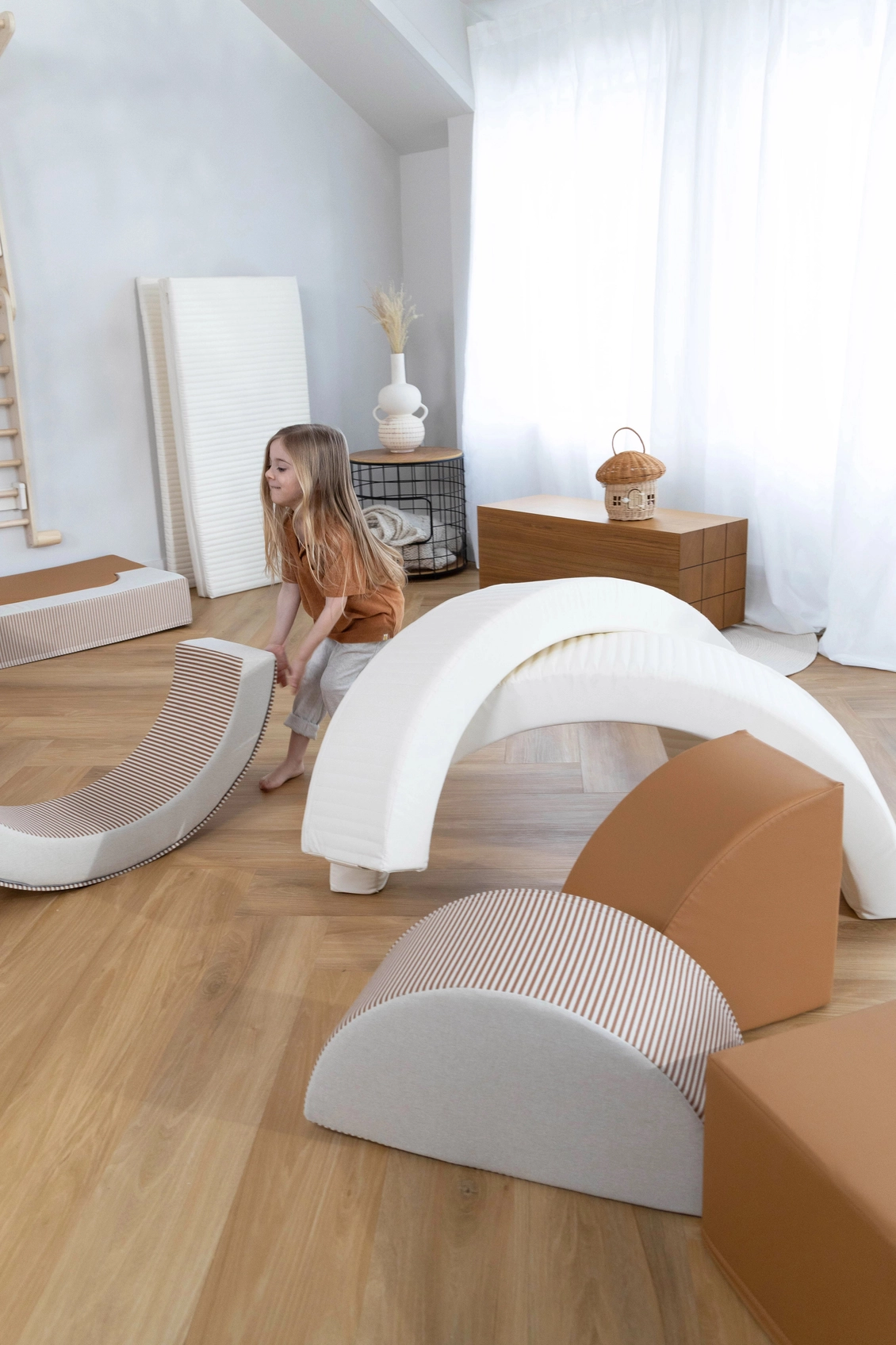
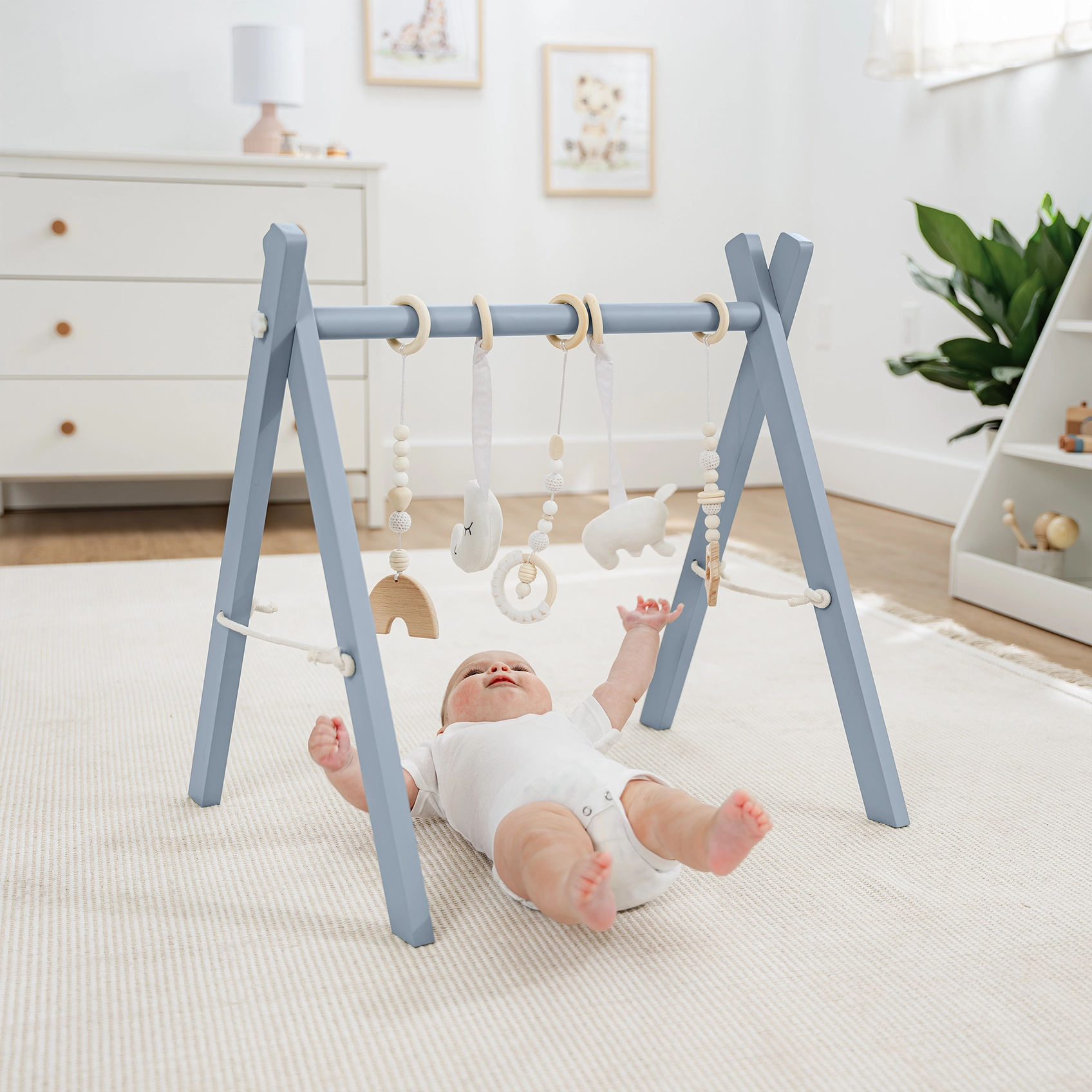
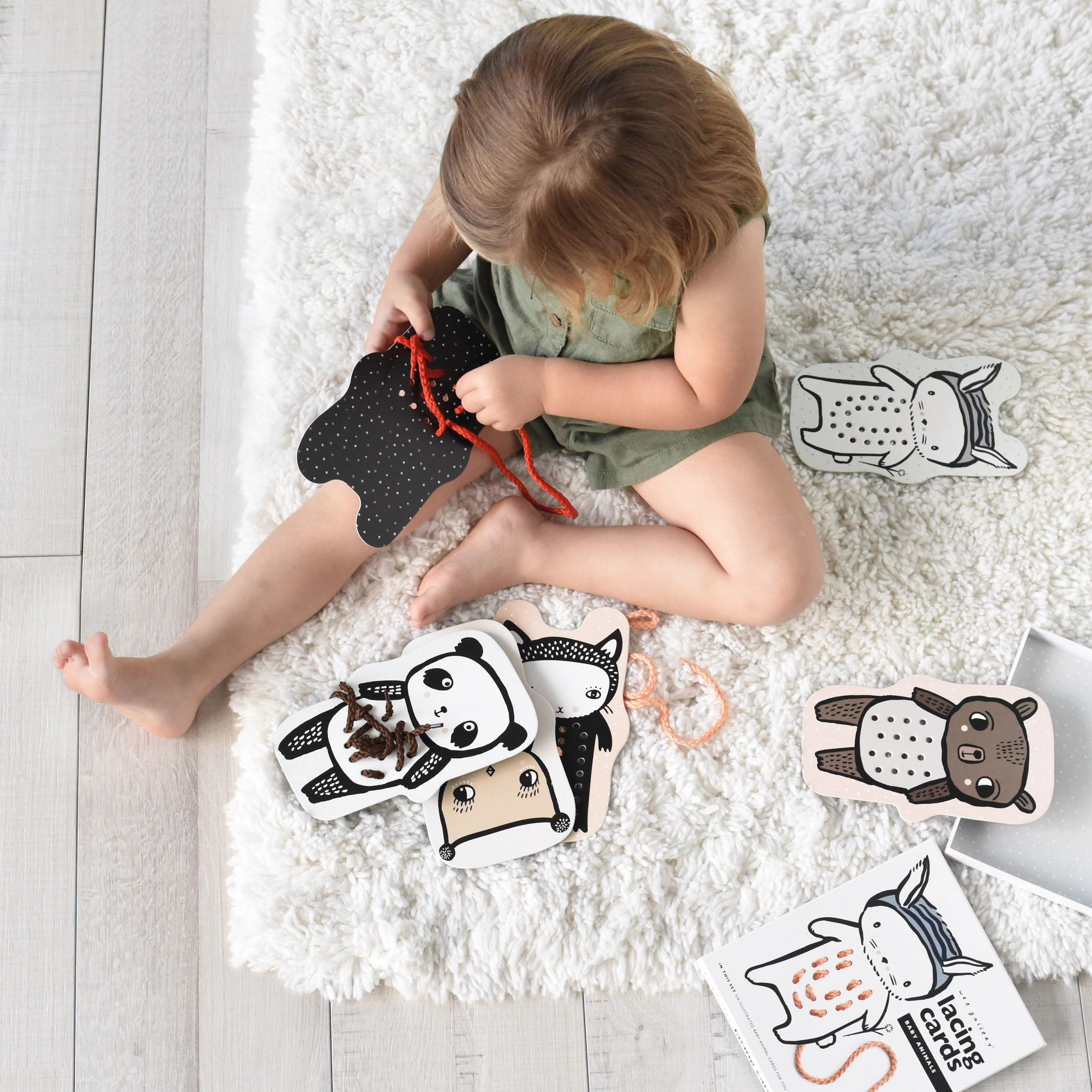


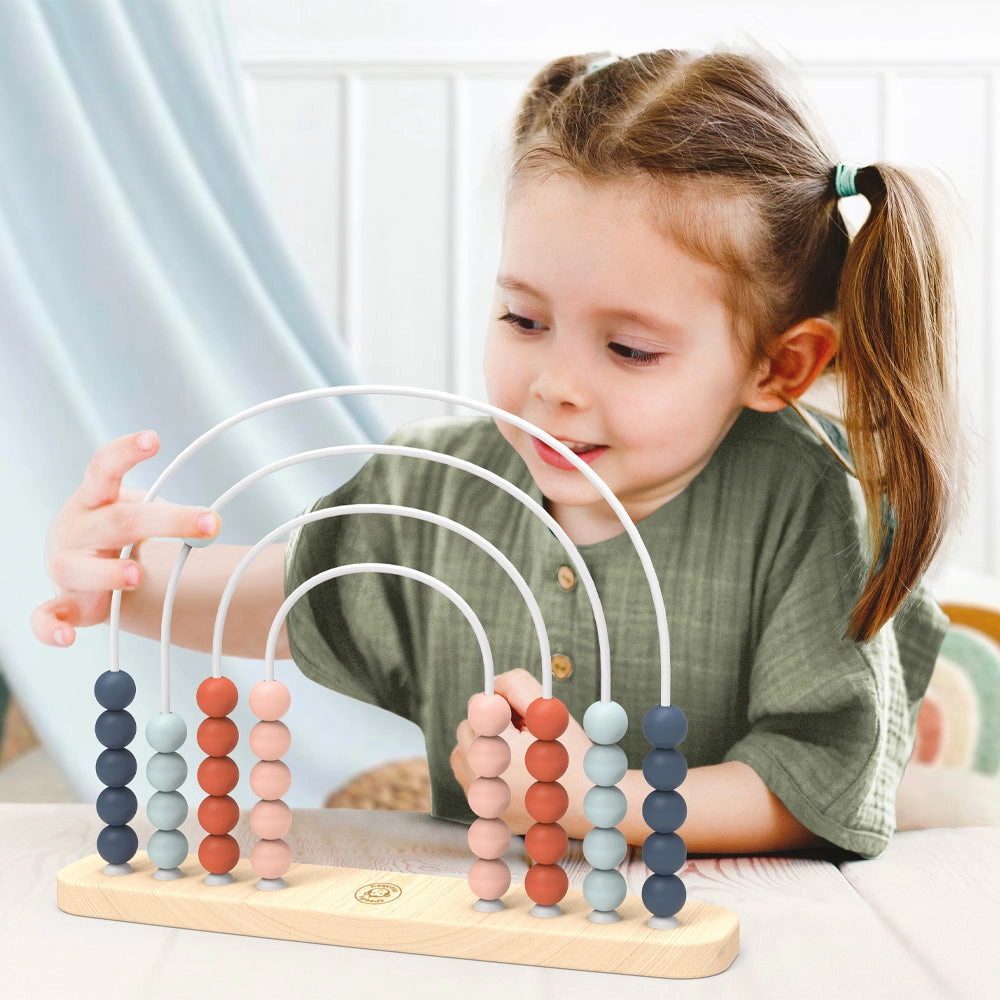




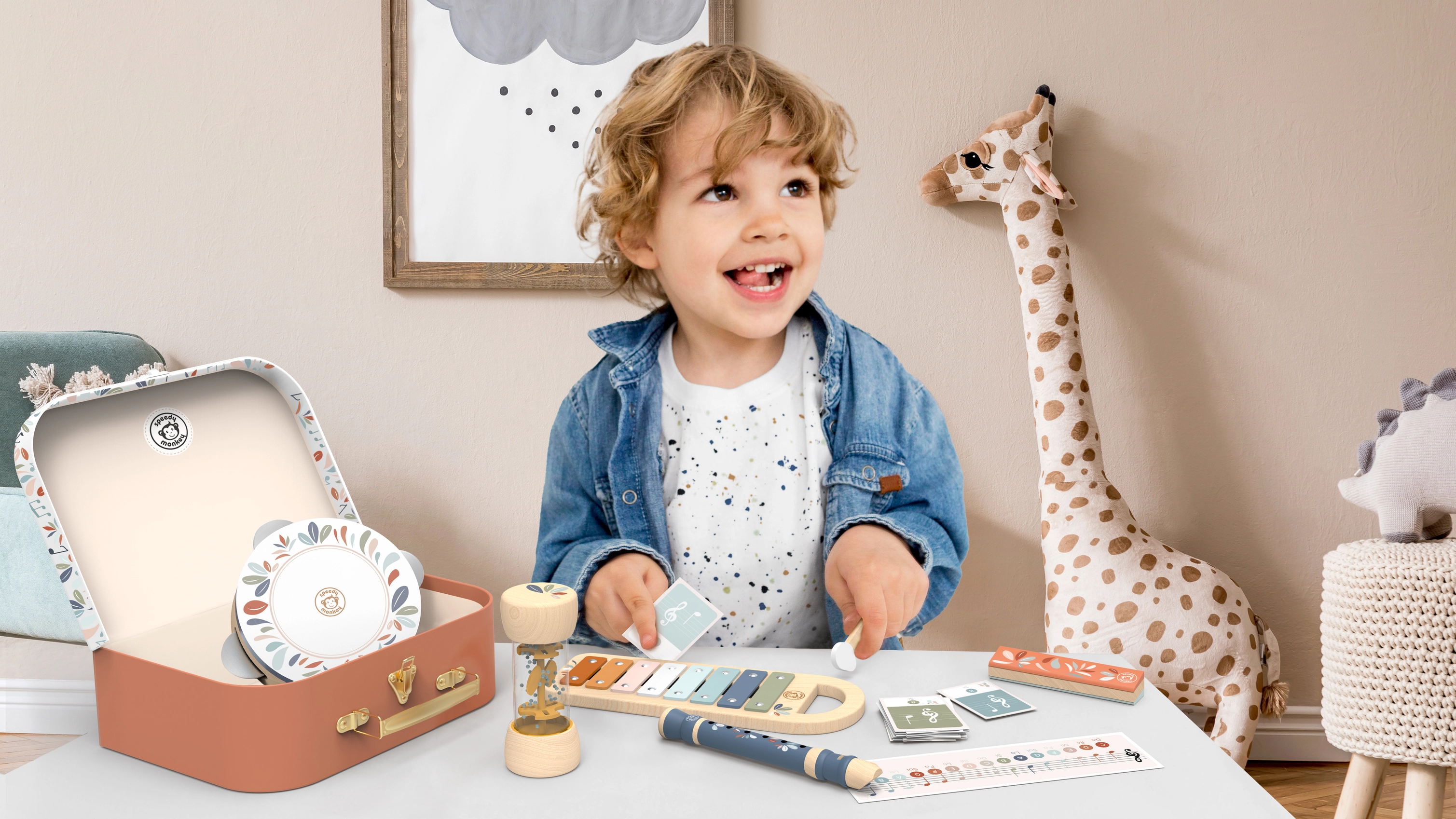


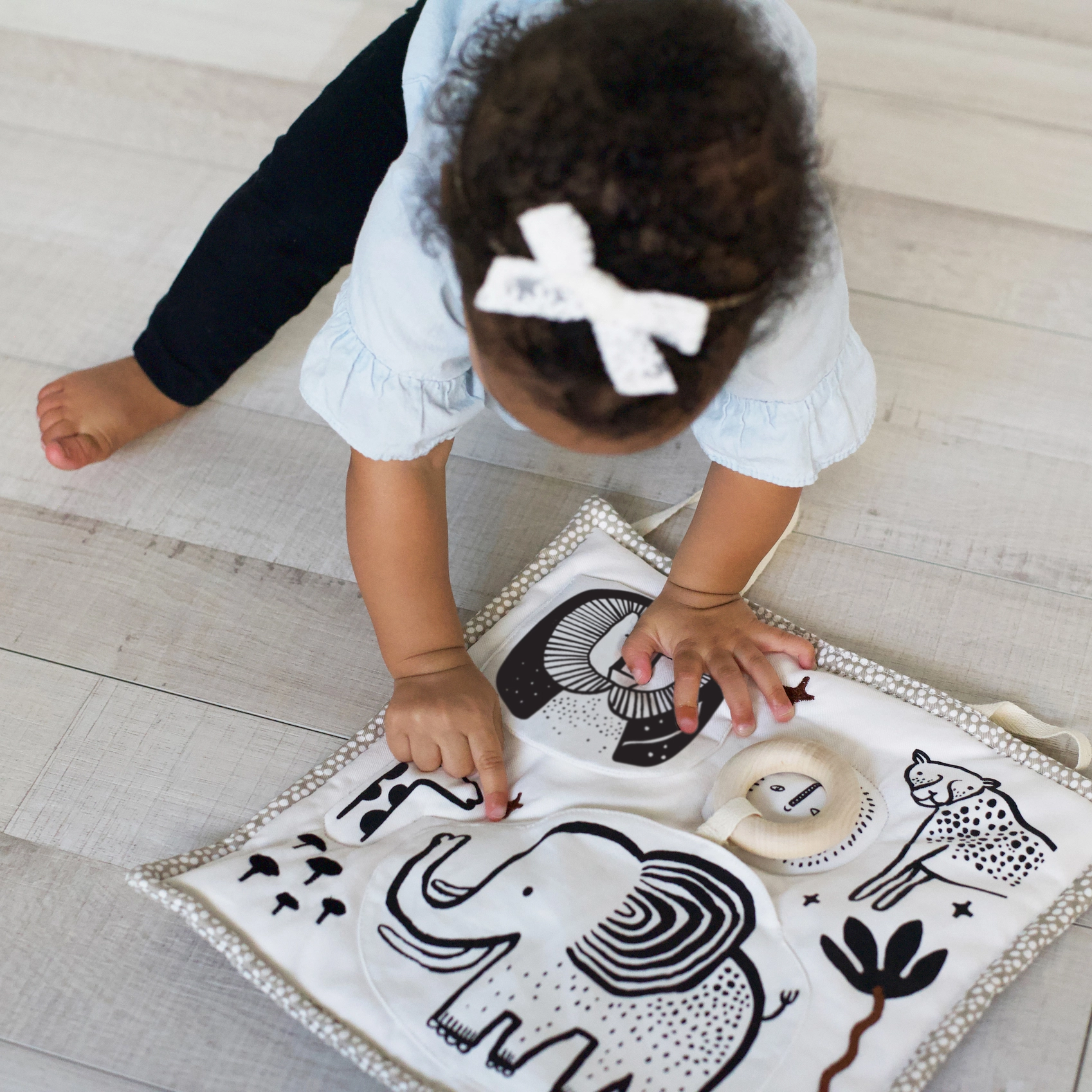




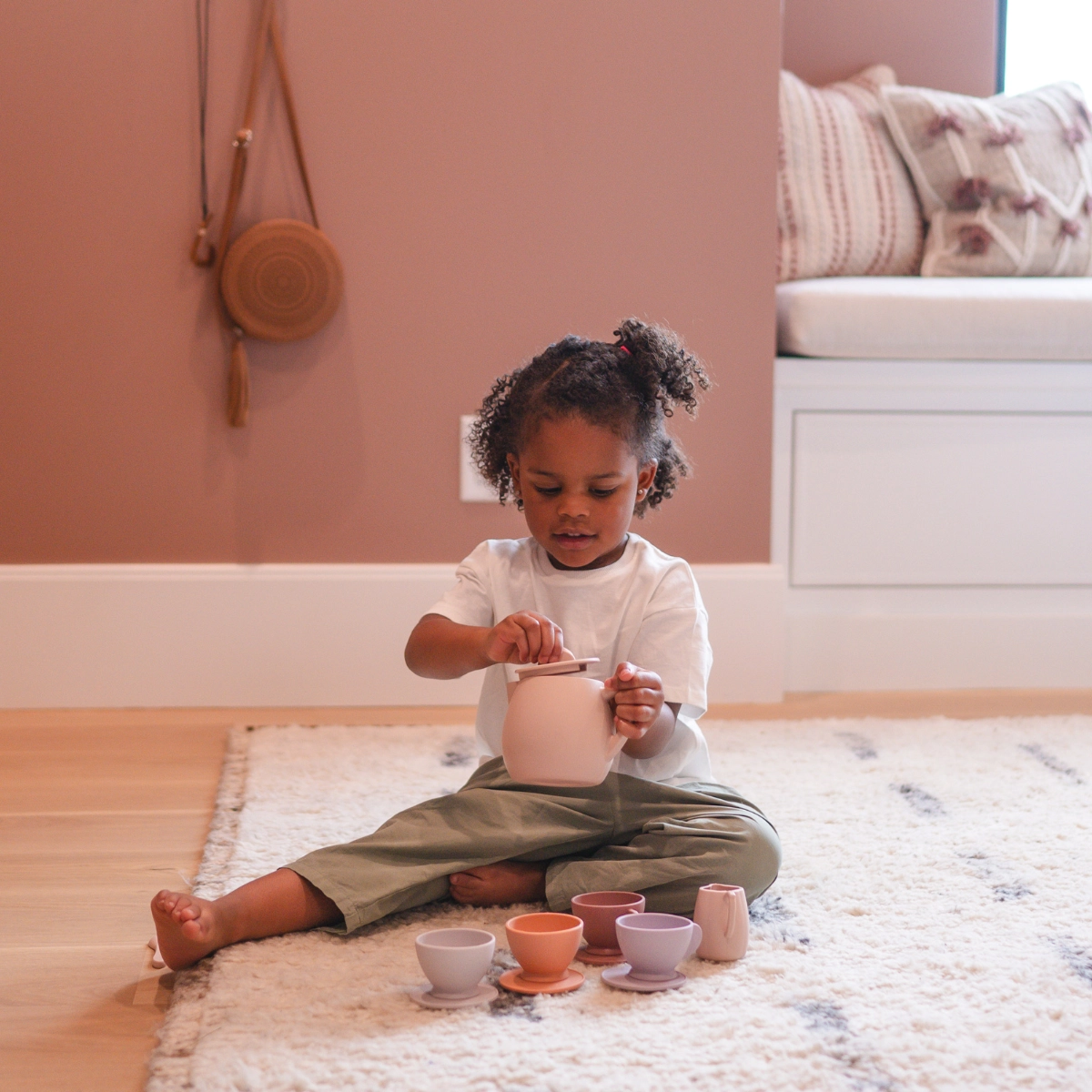
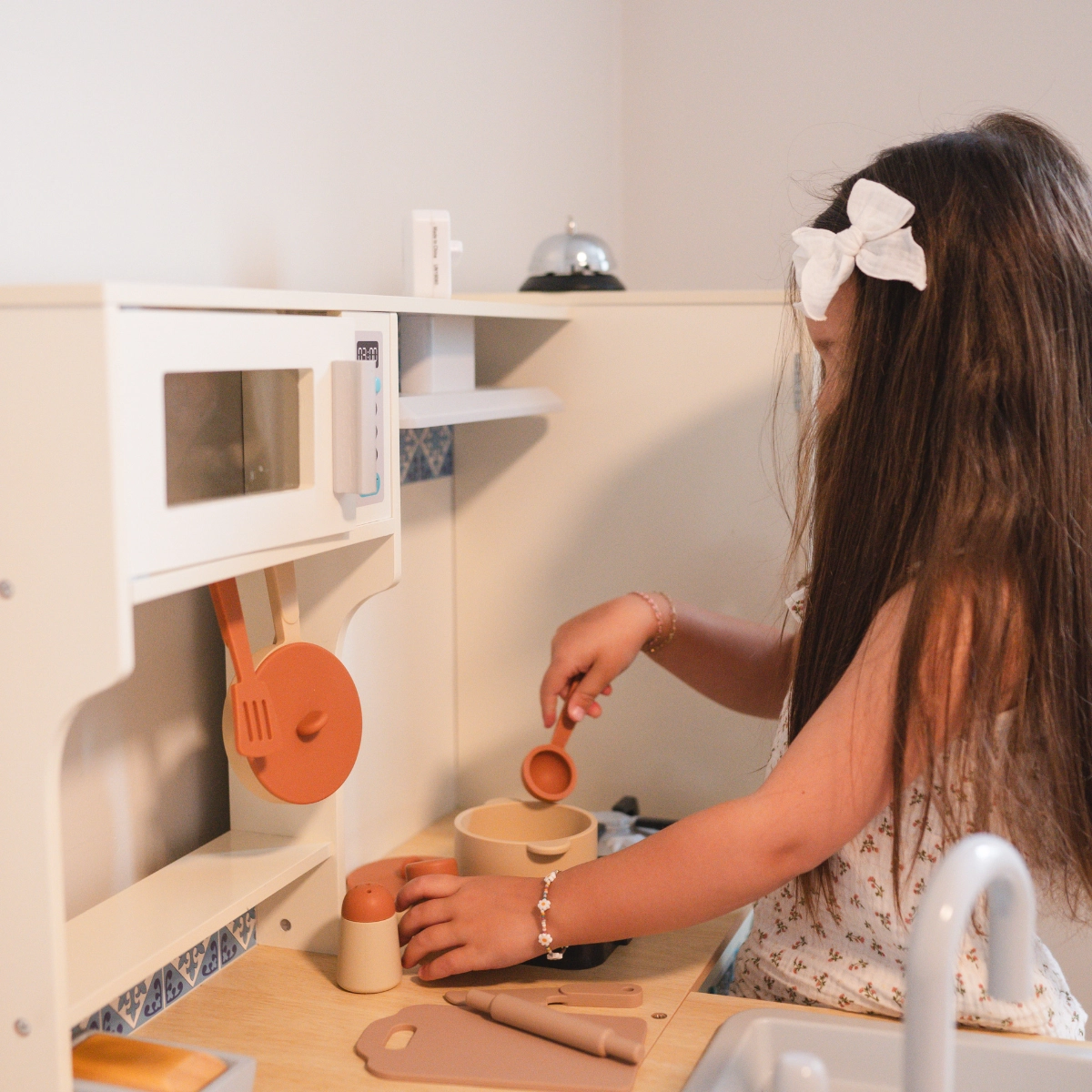






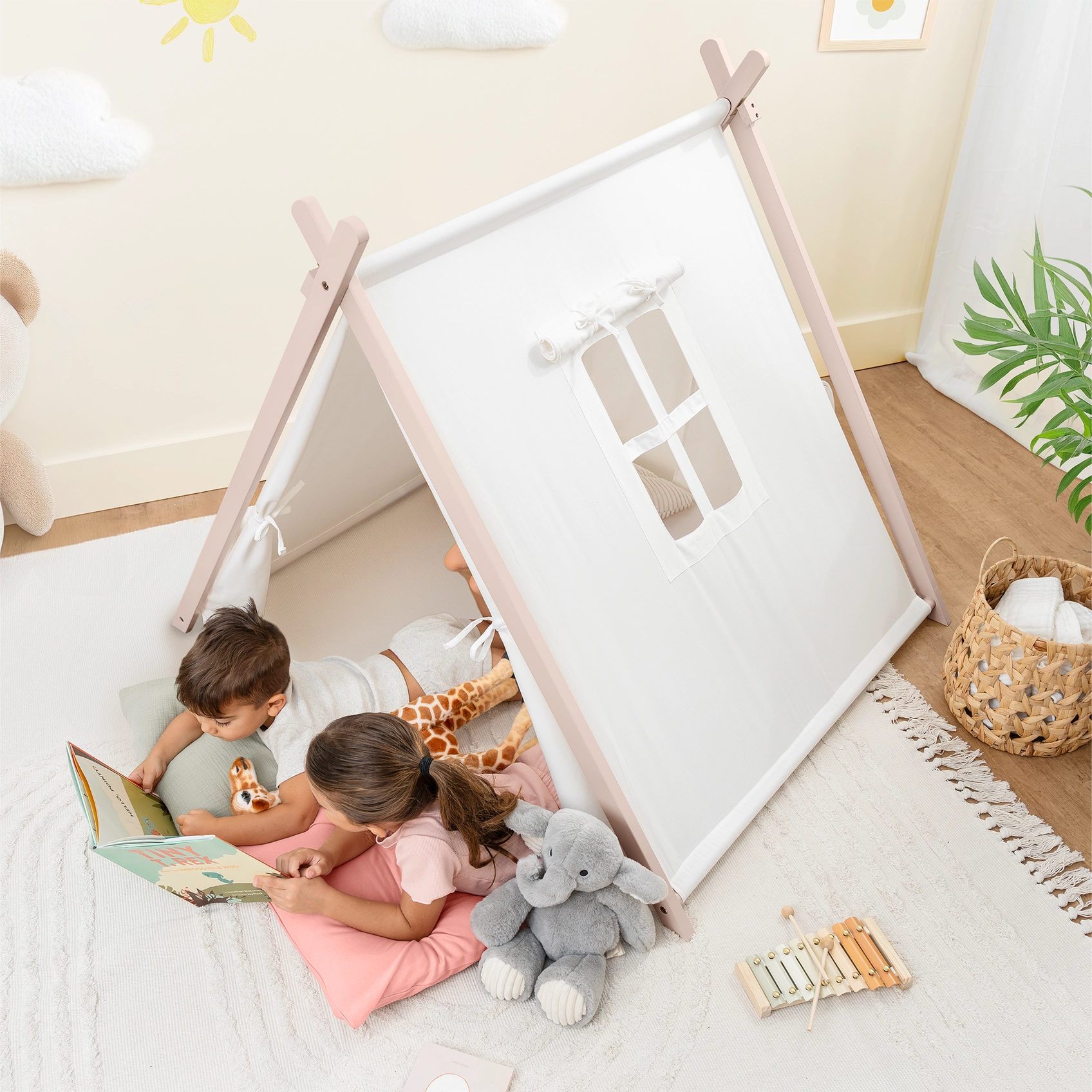
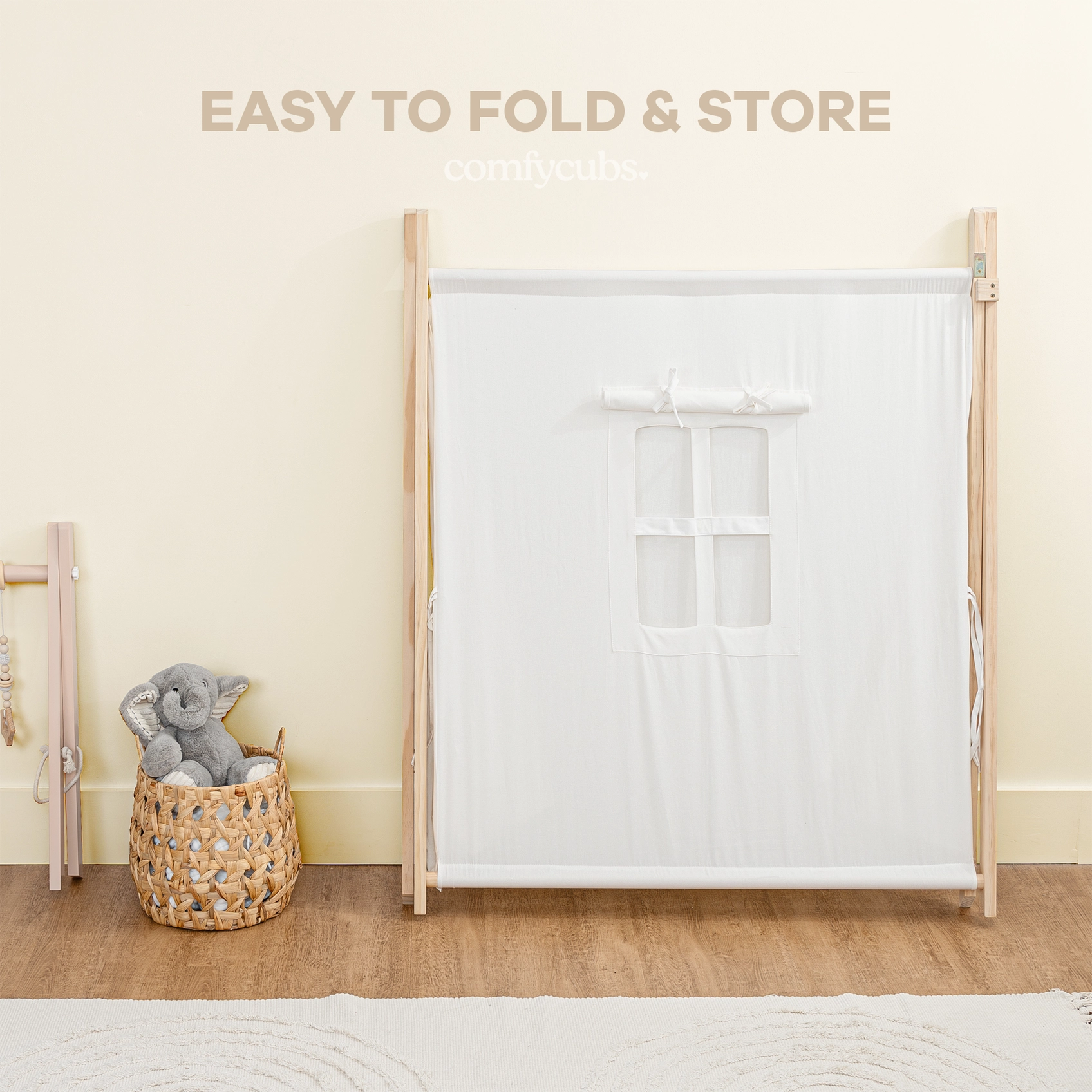
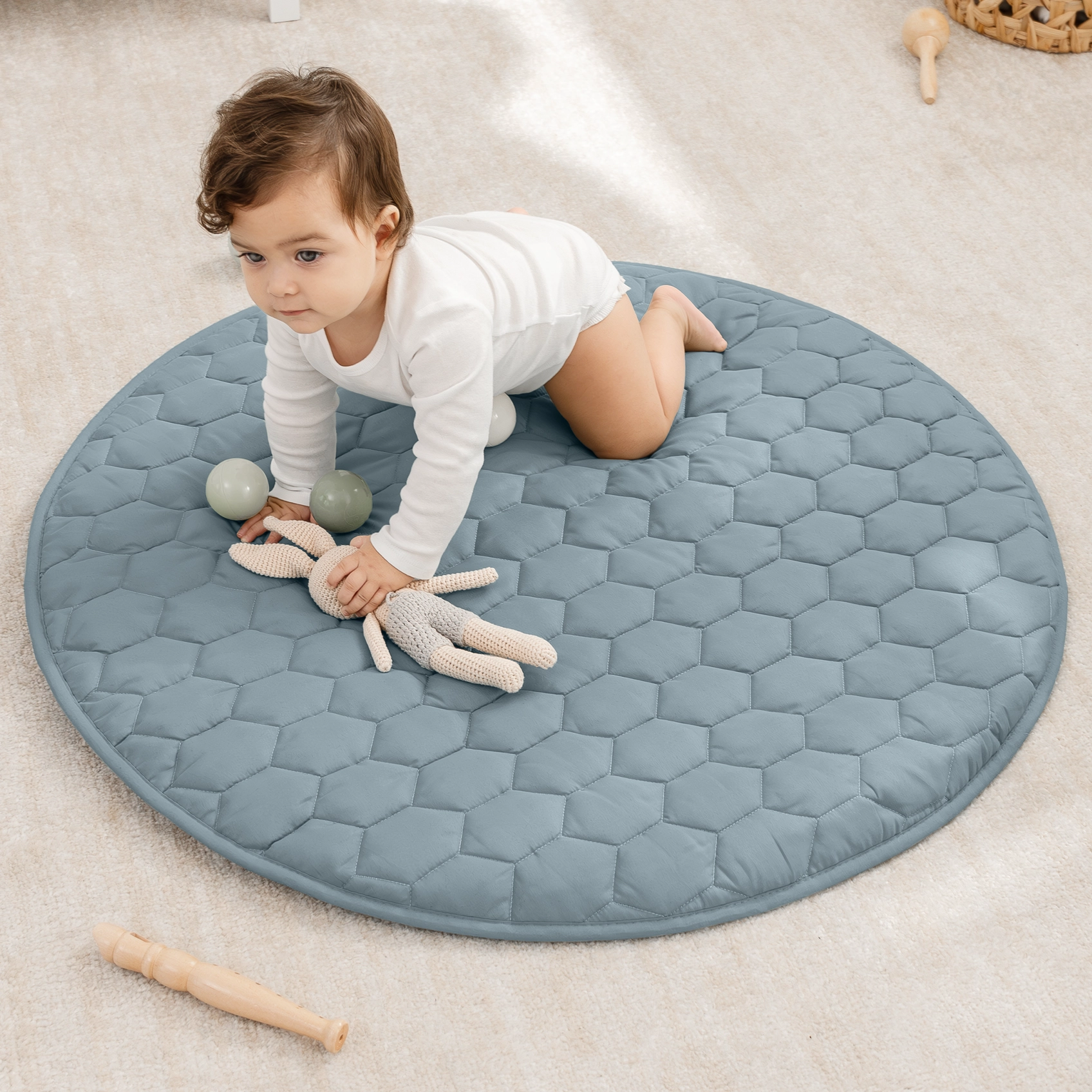








Comments